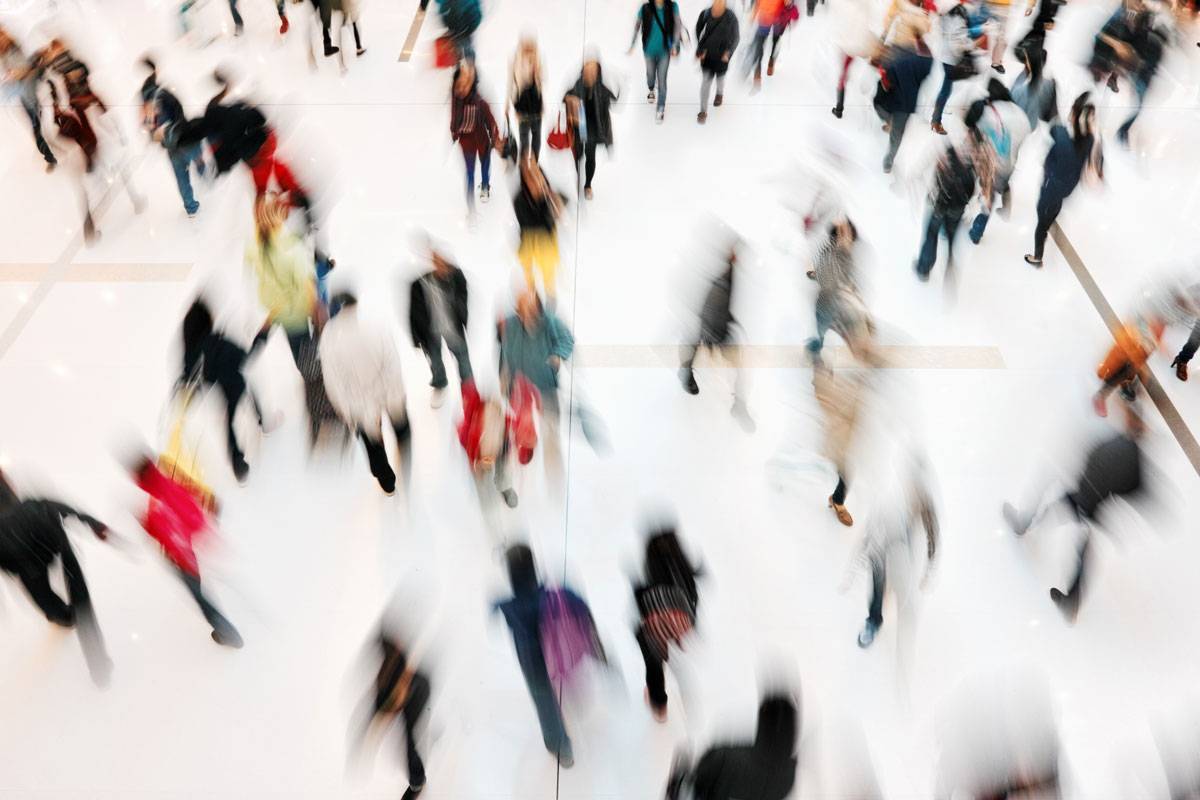Why Engagement is Key: From First Interaction to Second Purchase
Online retail is growing in the Nordics and customers tend to jump between different channels and devices as their journeys unfold. However, these changes don’t come without challenges. So, to overcome these hurdles, you need to focus on engaging your target audience.
But how can you ride the tide of engagement after the first purchase? And why is personalisation a force to be reckoned with? We’ll bring you the answers in this blog post!

More Shopping, More Devices: An Increased Demand on Seamless Journeys
The global scene of retail is ever-changing. When we’re looking at the Nordics, they are not very different. One of the most prominent trends among the Nordic countries is that online shopping’s skyrocketing. Actually, the latest published statistics from PostNord show that there’s been a 10% sales growth from 2017 to 2018.
But today’s consumers don’t just purchase more; they also use a wide range of different devices. Actually, 49% of the Nordic online shoppers make purchases through their phones: a number that has almost doubled in three years. This is closely related to an increase of two other shopping-related behaviours: webrooming and showrooming. Either, consumers research products online to later purchase them offline, or the complete opposite – trying out a product in-store and then buying it online.
With changing consumer behaviours – such as channel-hopping – new challenges for retailers arise. So, when online and offline experiences merge into one, it’s up to you to deliver the smooth experiences customers crave. To engage them, you need to work with an approach that centres around the customers – rather than the channels.

The Customer Journey: A Reality Check
From the visit, to consideration, to purchase: a linear journey is the ideal world. But customer behaviours are anything but linear, which means that no journey is the other alike. People’s short attention span, together with the huge competition on the market, can result in abandoned carts and protracted journeys.
To avoid these setbacks and minimise the risk of losing your valuable customers along the way, it’s key that you engage and reactive them during the whole customer journey. And the one thing that should permeate everything you do? Trust, trust, trust.
First Purchase Finalised: What Happens Next?
What happens after your customers have made their first purchases from your business? Can you lean back, relax and leave them to their destiny? Well, not really…
The communication with your customer after a purchase is just as – if not more – important than the communication efforts pre-purchase. In fact:
Post-purchase communications can be the main differentiator between keeping or losing your customers.
If you don’t keep the conversation going after the initial purchase, your customers are likely to look for greener grass.
Repeat Purchases Mean Business
But beyond the crucial part of earning trust, why is post-purchase communication so valuable for today’s retailers? The answer is simply because: Repeat purchases mean business.
Why? Because they can result in many long-term business benefits for your business, such as:
- Loyal ambassadors
Engaged customers tend to buy 90% more frequently than non-engaged. In addition, they’re more likely to spread the word about their experiences to their peers. - Growth in conversion rate
Statistics show that repeat customers are 9 times more likely to convert than a first-time buyer. So, you should focus on the profitability of the ones that are already engaged. - Higher average order value (AOV)
Your loyal customers are also spending more money than the average customers. Actually, 10% of the “top customers” spend three times more per order than the remaining 90%.
With a highly competitive market, it’s becoming increasingly difficult to acquire new customers – which is where retention marketing comes into play.

Retain Your First-Time Shoppers – With Personalisation
How can you make your customers return after a first-time purchase? Well, it’s all about knowing your customers by heart! You need to learn and understand every aspect of them, such as their interests, behaviours, and preferences. Sending out bulk messages to your entire target group won’t take you very far. Today’s customers want customised and personalised experiences – in each and every channel.
To make sure that your brand is relevant, you’re set on a mission to gather and unify your cross-channel data from your channels into customer profiles. With customer profiles, you’re able to gain an in-depth understanding of your customers. And with greater insights about the ones you want to retain, you can create tailored and personalised experiences.
Personalised marketing, based on customer profiles, is an efficient strategy to succeed with engaging your audience – at all different stages and touchpoints in the customer journey. While it provides your customers with convenient experiences, it also enables you and your business to make smarter decisions and, most importantly, build strong customer-brand relationships.
Download our new whitepaper to learn more about e-commerce personalisation in the Nordics!

Tools to Transform the Mindset Into Action
Personalised communication, sent to your visitors or first-time customers, is essential for retargeting. Two suitable ways to do this is to use automated flows that re-engages them after a taken action or to send them product recommendations based on your collected data.
1. Automated flows: To keep the conversation going
A sequence of communication based on behavioural triggers, such as marketing automation, enables you to send out relevant and personalised messages – to the right person, from the right channel, at the right time.
By using automated flows for your communication – such as targeted campaigns and replenishment flows – you can stay top-of-mind, win back lost purchases by re-engaging them and continue to build relationships after purchases have been finalised.
2. Product recommendations: Based on insights, rather than guesswork
To influence your customers to make a second purchase, you can also include product recommendations to your marketing strategy. And the formula for success is quite straightforward: the higher personal relevance, the larger the likelihood of a second purchase.
Based on collected behavioural data from your customers, you can suggest highly relevant products or services that they will truly appreciate. These types of recommendations can also be placed on many different channels, such as on websites, in email send-outs, or in social media. So, whatever channel or device your customers use, you can ensure that they receive messages that fit their interests.
If you’re interested in learning about Apsis' very own data-driven platform, book a demo now!